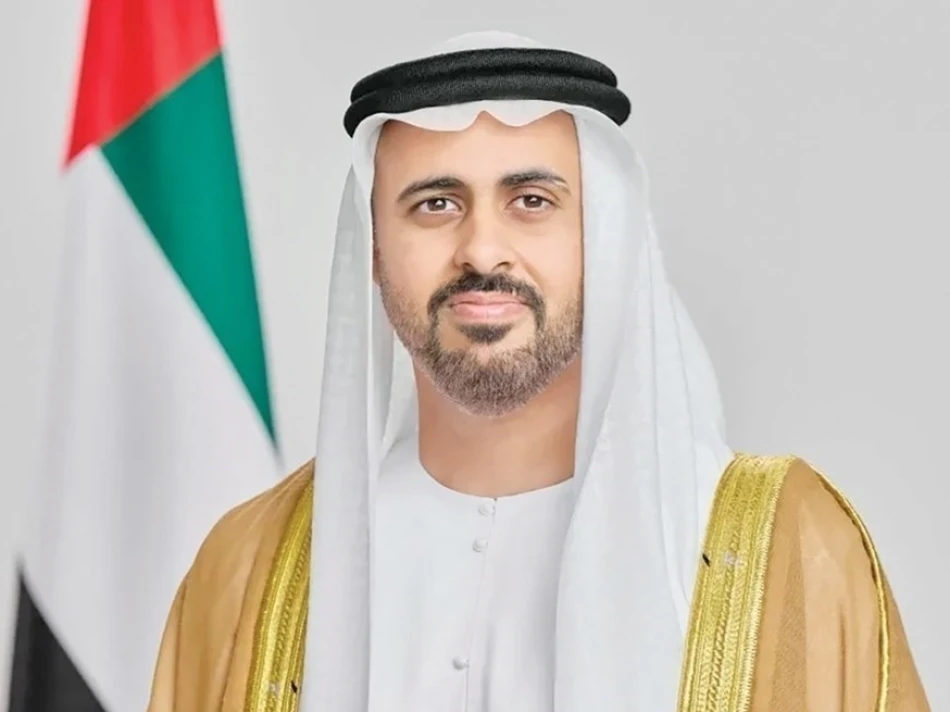
UAE's Crown Prince Mohammed bin Rashid Spearheads Union Railway Development
UAE's Railway Vision Gains Momentum as Leadership Champions National Transport Revolution
The UAE's ambitious railway project has reached a pivotal milestone with high-level leadership directly experiencing the passenger service between Dubai and Fujairah, signaling the country's commitment to transforming its transport infrastructure and cementing its position as a global logistics hub.
Leadership-Driven Infrastructure Development
Sheikh Dhiyab bin Mohamed bin Zayed Al Nahyan, Chairman of Etihad Rail, emphasized how the leadership's hands-on involvement demonstrates unwavering support for critical national projects. The direct participation in the passenger journey between Dubai and Fujairah represents more than ceremonial endorsement—it reflects a strategic commitment to overseeing infrastructure development that will reshape the UAE's economic landscape.
This leadership approach mirrors successful infrastructure rollouts in other forward-thinking nations, where government officials personally champion transformative projects to ensure accountability and public confidence.
From Vision to Reality: The Railway Timeline
Strategic Milestones Since 2021
The Etihad Rail project has progressed systematically since its announcement as part of the UAE's "Projects of the 50" initiative in 2021. This comprehensive development timeline showcases the country's methodical approach to infrastructure modernization:
The 2023 launch of freight operations marked the first major operational phase, establishing the foundation for commercial viability. The current passenger service rollout represents a qualitative transformation in the UAE's transport ecosystem, moving beyond cargo to comprehensive mobility solutions.
Economic Integration Through Connectivity
The railway network serves as more than transportation infrastructure—it functions as an economic integration tool connecting emirates and facilitating seamless movement of goods and people. This connectivity model follows successful examples from countries like Japan and Germany, where rail networks became catalysts for regional economic development.
Global Logistics Positioning
The UAE's railway development strategy positions the country to compete directly with established logistics hubs like Singapore and Hong Kong. By creating efficient overland connections between key emirates, the UAE reduces dependency on road transport while enhancing its appeal as a regional business center.
For investors and businesses, this infrastructure development signals long-term government commitment to creating efficient supply chains and reducing operational costs across the emirates. Companies with regional operations can expect improved logistics efficiency and reduced transport expenses.
Market Implications and Future Outlook
The railway project's progression indicates the UAE's systematic approach to economic diversification beyond oil dependency. Unlike infrastructure projects in some emerging markets that face funding or completion challenges, the UAE's leadership involvement suggests sustained political and financial backing.
This transport revolution aligns with broader regional trends where Gulf states invest heavily in connectivity infrastructure to maintain competitive advantages in global trade. The UAE's approach, however, distinguishes itself through integrated planning that considers both freight and passenger services from the project's inception.
The railway network's success will likely influence similar infrastructure investments across the GCC region, as neighboring countries seek to maintain competitive parity in logistics and connectivity capabilities.
 Sara Khaled
Sara Khaled







